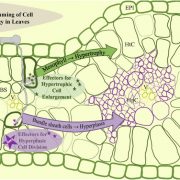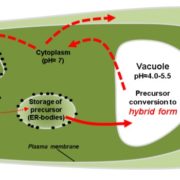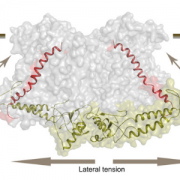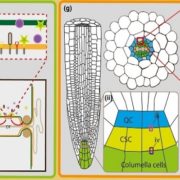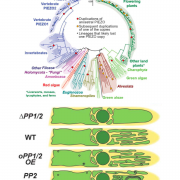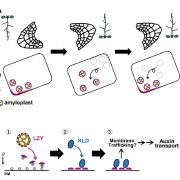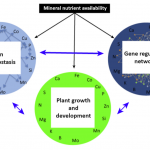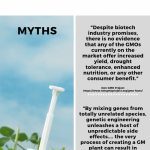Review: A series of fortunate events: Introducing Chlamydomonas as a reference organism (Plant Cell)
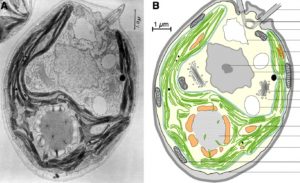 Clamydomonas reinhardtii is the most thoroughly characterized unicellular alga. Like yeast, it is a single-celled eukaryotic organism that is easy to culture, and it lives predominantly in its haploid form but is readily mated for genetic studies. Additionally, it is light-responsive, photosynthetic, and a facultative photoautotroph (meaning that it can be grown in the absence of photosynthesis if provided with a carbon source). For these reasons, it is a good genetic system for studies of photosynthesis, but it is also a motile cell with distinctive and well-studied cilia (previously called flagella) that resemble animal cilia. In this comprehensive review, Salomé and Merchant describe the history of Chlamydomonas as a reference organism, key research topics, and new tools and directions. With increasing interest in microalgae for biotechnological applications, insights from this reference organism will prove invaluable. (Summary by Mary Williams) Plant Cell 10.1105/tpc.18.00952
Clamydomonas reinhardtii is the most thoroughly characterized unicellular alga. Like yeast, it is a single-celled eukaryotic organism that is easy to culture, and it lives predominantly in its haploid form but is readily mated for genetic studies. Additionally, it is light-responsive, photosynthetic, and a facultative photoautotroph (meaning that it can be grown in the absence of photosynthesis if provided with a carbon source). For these reasons, it is a good genetic system for studies of photosynthesis, but it is also a motile cell with distinctive and well-studied cilia (previously called flagella) that resemble animal cilia. In this comprehensive review, Salomé and Merchant describe the history of Chlamydomonas as a reference organism, key research topics, and new tools and directions. With increasing interest in microalgae for biotechnological applications, insights from this reference organism will prove invaluable. (Summary by Mary Williams) Plant Cell 10.1105/tpc.18.00952


